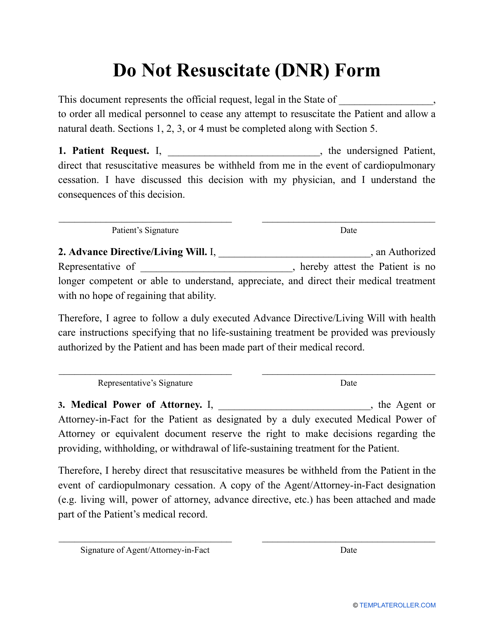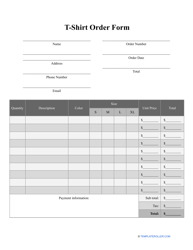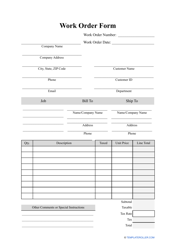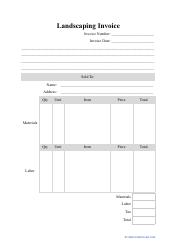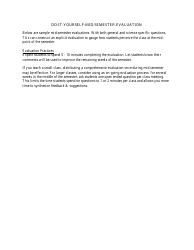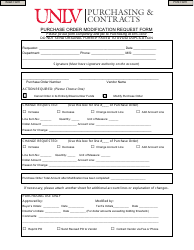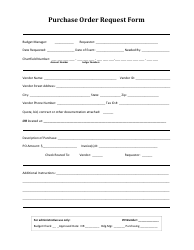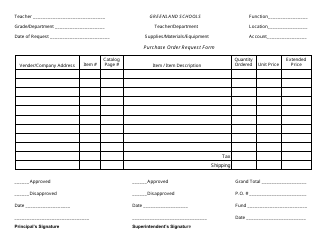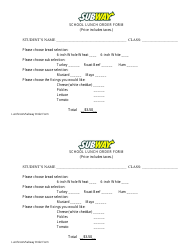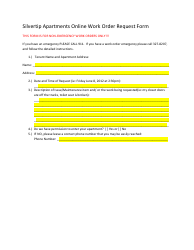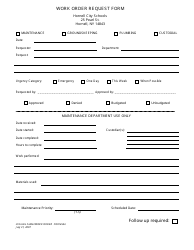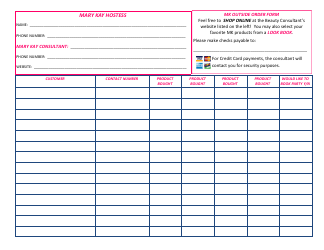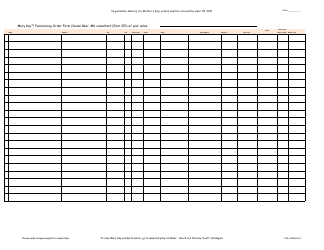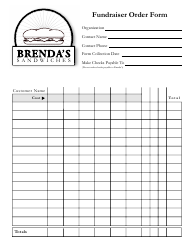Do Not Resuscitate (DNR) Form
What Is a DNR Form?
A Do Not Resuscitate (DNR) Form is a medical document that is signed by doctors and used within medical organizations when it comes to deciding whether a patient needs to have cardiopulmonary resuscitation (CPR) or not. The purpose of the document is to inform health care providers not to do CPR for the patient if their heart stops beating.
Alternate Names:
- Do Not Resuscitate Order Form;
- DNR Order.
This type of form can be signed by a doctor at the patient's request. Commonly, patients who suffer from chronic or terminal illnesses, or elderly patients, sometimes request this kind of order to make sure the health care providers won't use CPR on them. Each case has its own specifics, but generally, they choose it due to health reasons, religious reasons, family reasons, etc. A DNR Form template can be downloaded through the link below.
How to Get a DNR Form?
The decision of whether you need a DNR Form or not can be made by your physician. Those patients who would like to get the order usually set an appointment with their doctor and then request the form during this appointment. After you have requested the order, the physician elevates your situation and decides whether or not you should be resuscitated. If they agree with your request, then they provide you with the state's form for such kind of procedure and co-sign them with you.
Once the form is completed and signed, the doctor adds it to your medical records. Then they inform you how to get this document in other forms that you can keep (for example, a wallet card).
Who Can Sign a Do Not Resuscitate Order?
Generally, a DNR Form is supposed to be signed by both the patient and the practitioner. The document itself does not require a lot of writing, nevertheless, it contains an extensive amount of information that the patient must acknowledge:
- The Title. The document should start with a title that will define its nature. In this case, the form can be titled "Do Not Resuscitate Order," or "DNR Order." Additionally, individuals can use other shortenings such as DNACPR (Do Not Attempt Cardiopulmonary Resuscitation) or DNAR (Do Not Attempt Resuscitate).
- Information About the Patient. In the first part of the document, the patient can state their full name and their residential address.
- Information About the Doctor. The doctor that has made a decision about the DNR Order is supposed to state their name and mailing address.
- Order's Details. Here, the patient can read all of the statements they agree on by signing this document. These statements designate that the patient requests a DNR Order and that they know what it means, they agree on sending this information to other hospitals, and more.
- Signatures. To give the document legal power, the patient and the practitioner must sign it in a presence of a witness.
- Witness Information. The witness is required to state that both parties were in sound mind and under no unfair duress during the signing of this document. They also should state their full name, address, and signature on the document.
If, in your situation, the witness is required to sign the order, then before looking for one ask your doctor whether there are any requirements to the witness. Sometimes, the patient's relatives and their healthcare representatives are not allowed to witness due to their involvement in the situation.
Not what you were looking for? Check out these related topics:
